Investigating Craton Dynamics and Ore Deposit Formation: For Sustainable Critical Minerals Supply
Please login to view abstract download link
Concentration of critical minerals and metals occur within 200 km of the transition between thick and thin lithosphere or cratonic edges[a]1. These cratons are regions comprising thicker lithosphere, which have remained stable for billions of years. The critical minerals are initially sourced from the mantle by a range of deep Earth geophysical, geochemical and tectonic processes, to be further concentrated near the Earth’s surface via hydrothermal processes. These deep Earth processes involving mantle melting also play a crucial role in cratonic stability, and therefore, the improved understanding of these will help unravel intricate connections between craton dynamics and ore deposit formations. The formation and evolution of cratons plays a crucial role in the development of those critical minerals. Cratons formed under different scenarios have different internal structures, which, in turn, influences subsequent tectonics and melting scenarios. In this project, we discuss the best way to capture the processes of craton formation and stability under different geologic scenarios using numerical models . developed with the ASPECT geodynamical software tool (REF). One of the challenges is how to deal with the vastly different time and length scales in these processes (e.g. between mantle dynamics and melt processes). Here, we will discuss preliminary results.

